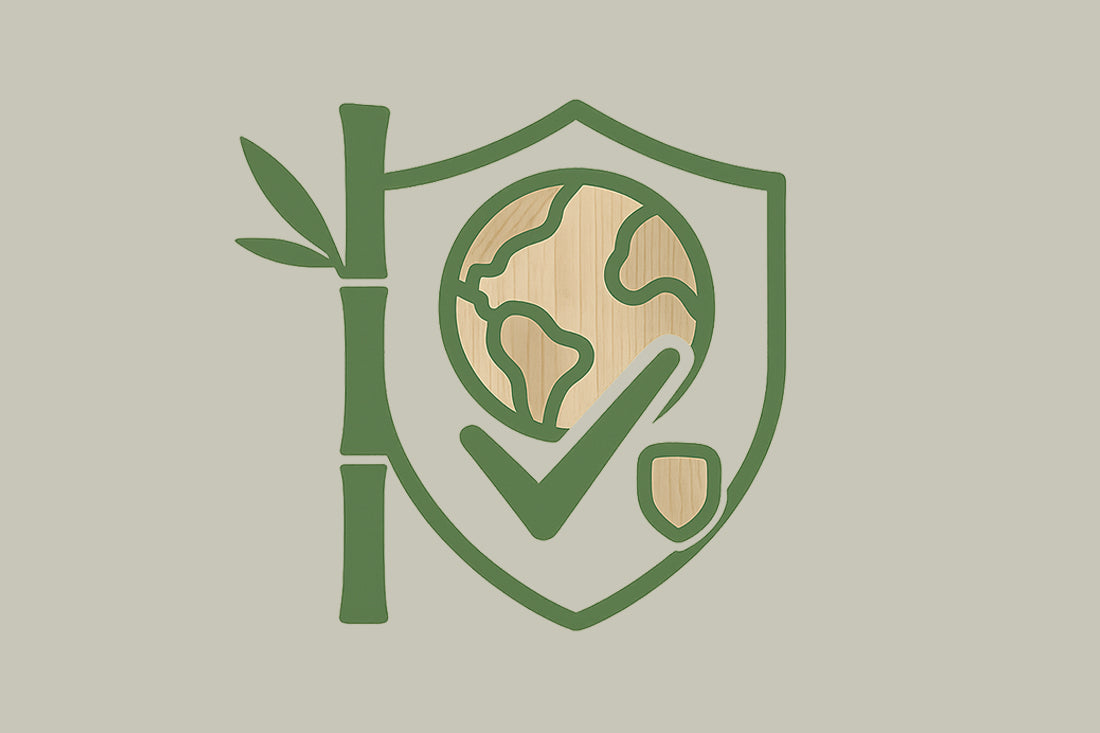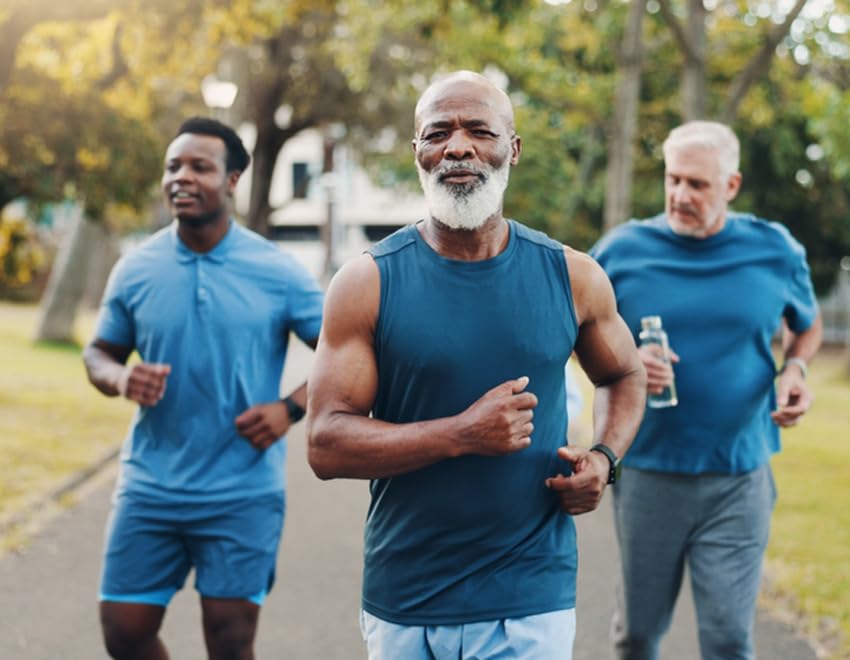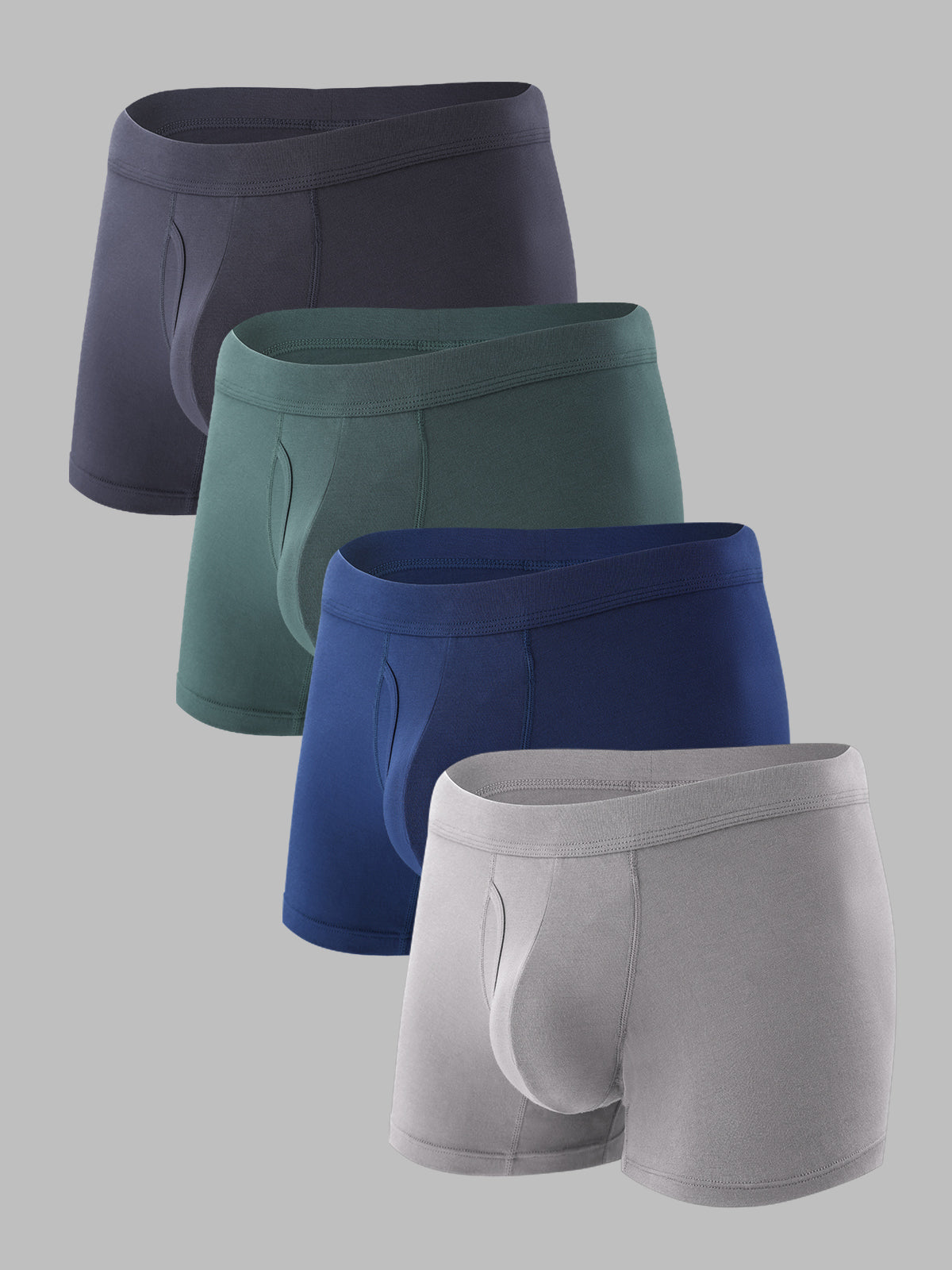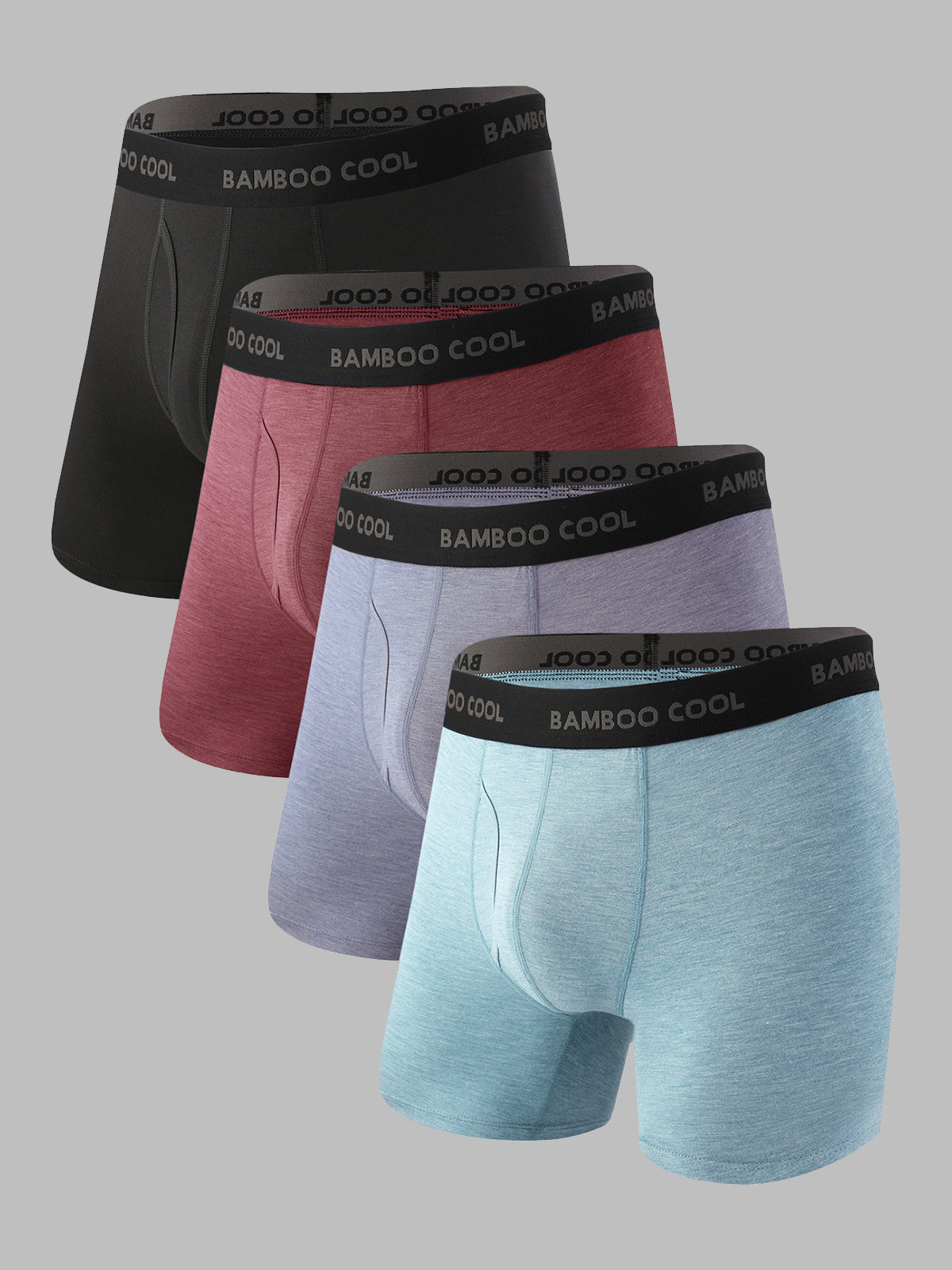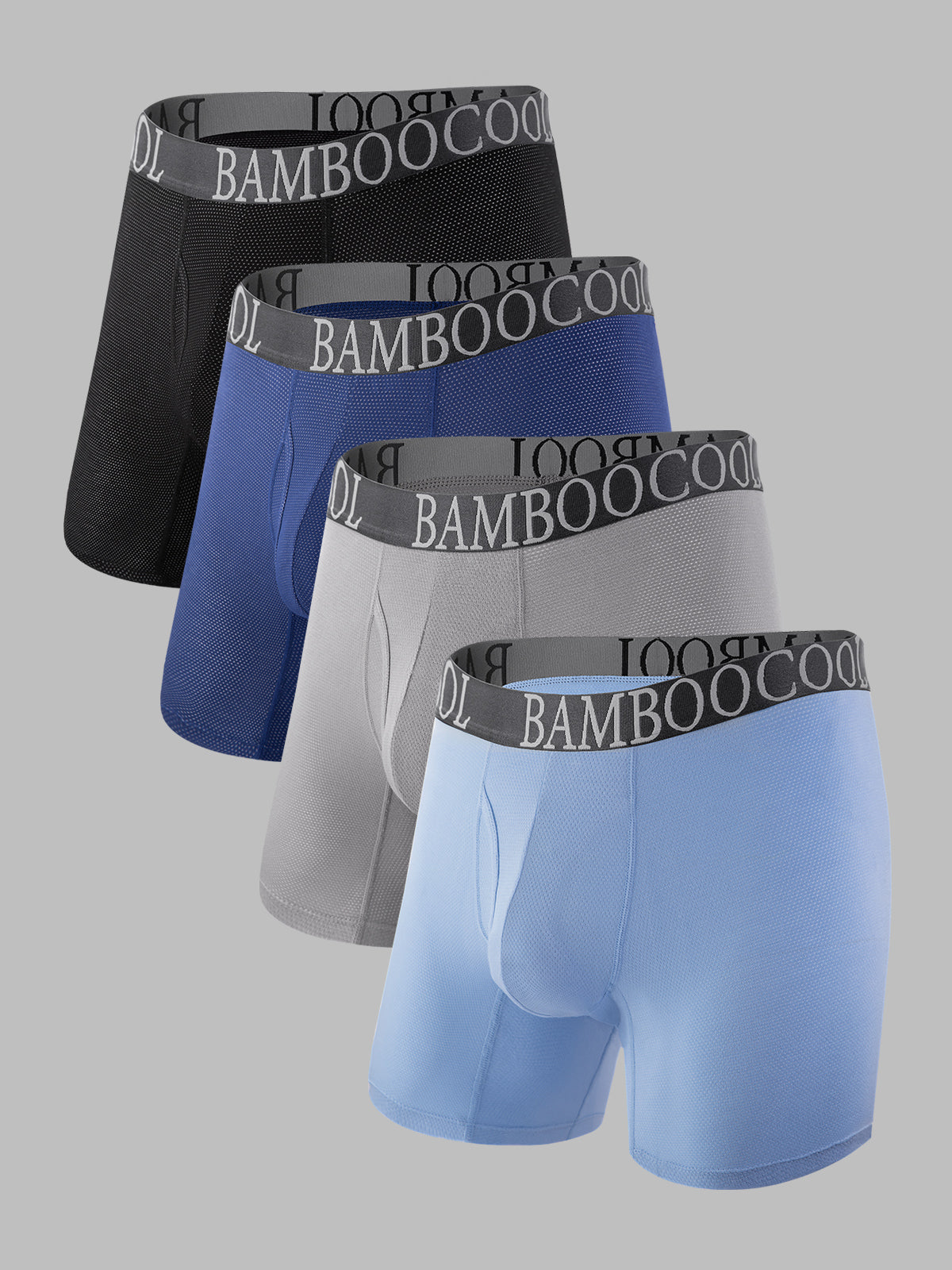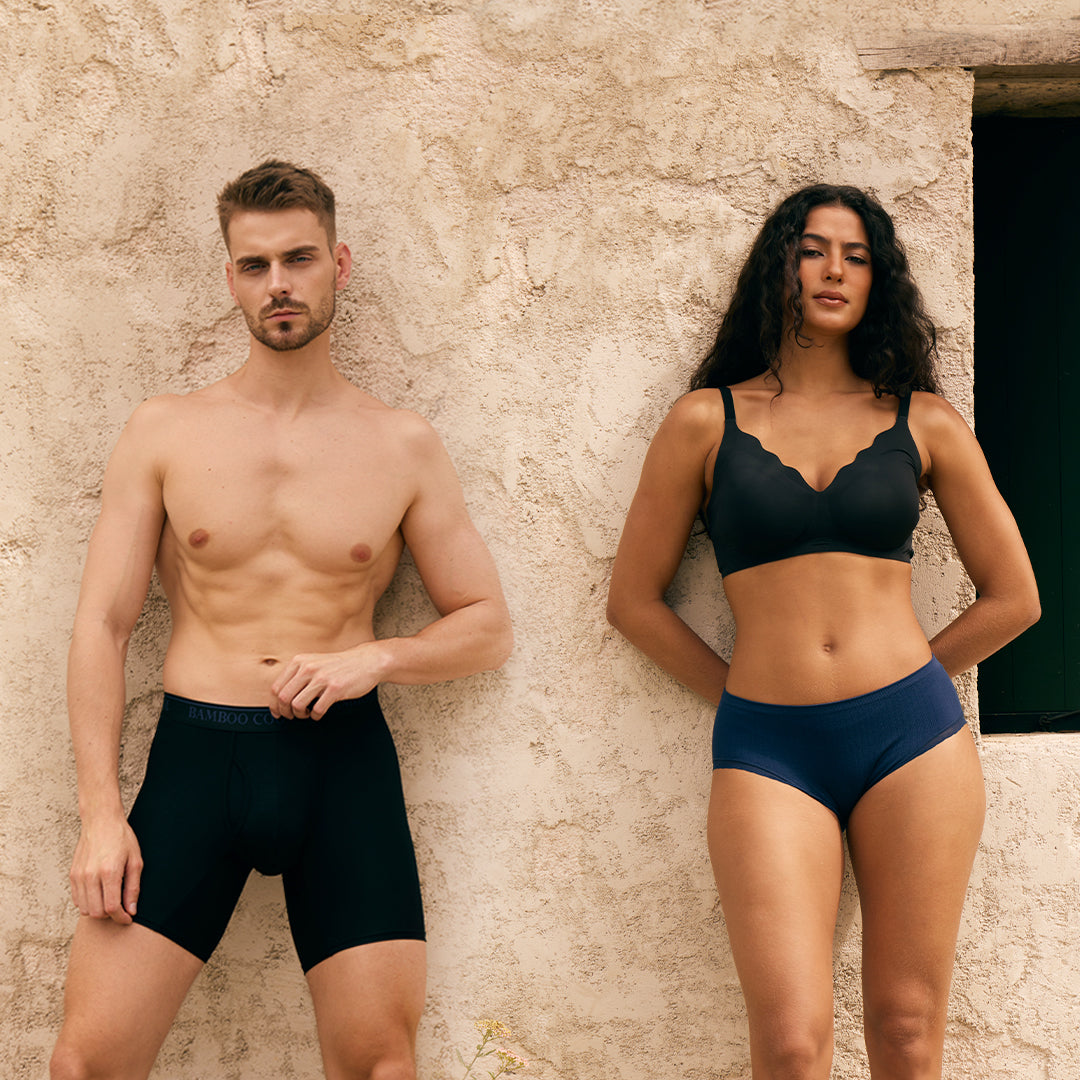When we shop for clothes—especially those that touch our skin all day—we tend to focus on comfort, style, or maybe fabric softness. But have you ever wondered what's actually in your clothes?
Many fabrics go through intense processing, using dyes, finishes, and treatments that may leave behind harmful residues. For those with sensitive skin, allergies, or simply a desire for safer, cleaner products, this raises an important question:
How do you know your clothing is truly safe?
That's where OEKO-TEX® Standard 100 comes in. You may have seen the label before, but what does it actually mean? In this article, we'll break down what OEKO-TEX is, how Standard 100 works, and why it matters more than ever.
What Is OEKO-TEX Certification?
Founded in 1992, OEKO-TEX® is a globally recognized organization that tests textiles and leather products to make sure they're safe for both people and the planet.
OEKO-TEX® isn't just one label. It's a family of standards designed to cover different parts of the supply chain:
STANDARD 100: The most common — testing for hundreds of harmful substances to ensure products are safe for your skin
LEATHER STANDARD: Like STANDARD 100, but for leather goods.
STeP: Evaluates factories for their environmental impact, worker safety, and ethical practices.
MADE IN GREEN: A traceable label showing that a product is both safe and sustainably made.
ECO PASSPORT: Checks the safety of dyes, chemicals, and finishes used.
In short, OEKO-TEX certification means a product is made with your health—and the planet—at heart. It's not just a label; it's a quiet promise stitched into every fiber.
What Is OEKO-TEX® Standard 100?
When it comes to textile safety, OEKO-TEX® Standard 100 is the label you'll see most often—and for good reason. It's one of the world's best-known certifications for testing textiles for harmful substances.
If a product carries the STANDARD 100 label, it means every single component has been tested and proven safe for human health,from fabrics to threads, zippers, and even buttons.
The testing goes far beyond basic requirements, screening for hundreds of harmful substances, including things like heavy metals, formaldehyde, pesticides, and banned azo dyes. And here's the part we love: the closer the product gets to your skin, the stricter the standard becomes.
It's not a one-and-done process either. The criteria are updated every year based on the latest scientific research and international regulations. Certification is valid for just one year, meaning companies must retest regularly to stay compliant.
That's why you'll often find this label on high-trust items like underwear, pajamas, bed sheets, and children's clothing. It's your signal that what you're wearing is gentle on your skin—and tough on toxins.
Four Classes of OEKO-TEX® Standard 100
OEKO-TEX® Standard 100 classifies products into four categories based on how closely they come into contact with your skin. The closer the contact, the stricter the testing.
Class I: For babies. This is the gold standard—designed for products used by infants under 3 years old, like baby clothes, blankets, and even plush toys. The safety bar here is the highest.
Class II: For direct skin contact. Think underwear, T-shirts, bedding, and socks—anything that spends a lot of time touching your skin. The testing is still very strict to ensure all-day comfort and safety.
Class III: For minimal skin contact. Outerwear like jackets, coats, and belts fall into this group. Since they don't touch the skin as much, the testing criteria are a bit more relaxed.
Class IV: For decorative items. Curtains, tablecloths, and upholstery fabrics—products that rarely meet your skin—are held to the least strict standards.
At BAMBOO COOL, we don't just aim high—we go all the way to the top. Our bamboo fabrics are certified under Product Class I, the most rigorous level. So gentle and safe, even babies could wear them. And if it's safe enough for a baby, you can be sure it's more than good enough for your skin.
Why OEKO-TEX® Standard 100 Matters?
Safe for Your Body
Your clothes, your sheets, even your mattress—they're with you all day (and night). But hidden beneath soft textures could be traces of harmful chemicals you'd never see coming. Some of these substances can be absorbed through your skin over time, potentially affecting your health. That's where OEKO-TEX® Standard 100 steps in.
It ensures the product has been rigorously tested for hundreds of harmful substances—so what you wear or sleep on is safe for your body, and the planet.
Great for Sensitive Skin
If your skin tends to react to just about anything, you're not alone. OEKO-TEX® 100 certified fabrics drastically reduce the risk of irritation and allergies caused by residual chemicals. While it doesn't promise zero allergens, it minimizes the nasties—so you can breathe (and wear) easier.
A Step Toward Sustainability
OEKO-TEX® Standard 100 isn't just about keeping you safe—it's also about making better choices for the planet. It promotes supply chain transparency and helps prevent greenwashing. Brands that choose it are committing to responsible sourcing, cleaner production, and environmental care. By choosing certified products, you support a more sustainable textile industry.
Is OEKO-TEX® Standard 100 the Same as Organic?
Not quite.
OEKO-TEX® Standard 100 and organic certifications often get lumped together—but they're not the same. OEKO-TEX® focuses on safety: it tests the final product for harmful substances to make sure it's safe for your skin.
Organic certifications like GOTS or OCS, on the other hand, look at the source: how the raw materials were grown and whether the farming and production processes meet organic and sustainable criteria.
In short, a product can be OEKO-TEX® certified without being organic, and an organic product doesn't automatically meet OEKO-TEX® safety standards. Ideally, look for both to cover all bases—safe to wear and kind to the planet.
At BAMBOO COOL, the bamboo viscose we use is not only OEKO-TEX® 100 certified but also comes from FSC or OCS-certified sources.
OEKO-TEX® 100 & BAMBOO COOL: Wear That Cares
At BAMBOO COOL, we care about what touches your skin. That's why every bamboo fabric we use is certified by OEKO-TEX® Standard 100, and not just any level—we meet the Product Class I standard, safe enough even for babies.
We design for comfort, we produce with care, and we choose materials that love you back. Because when your skin is happy, you are too.
Feel the difference. Explore our certified bamboo essentials today.


